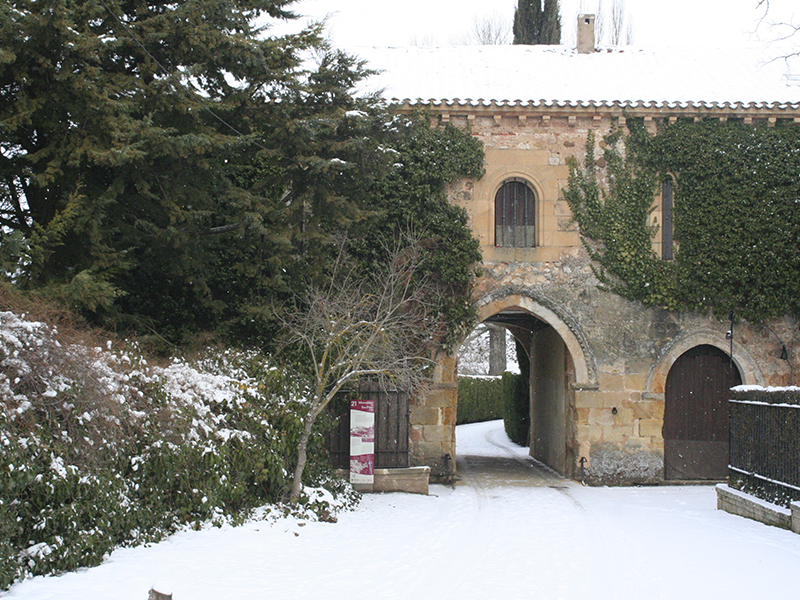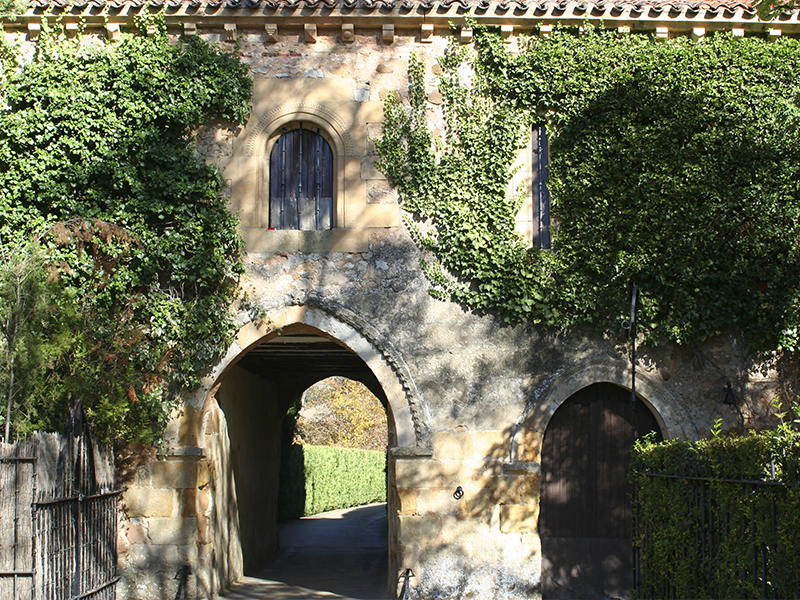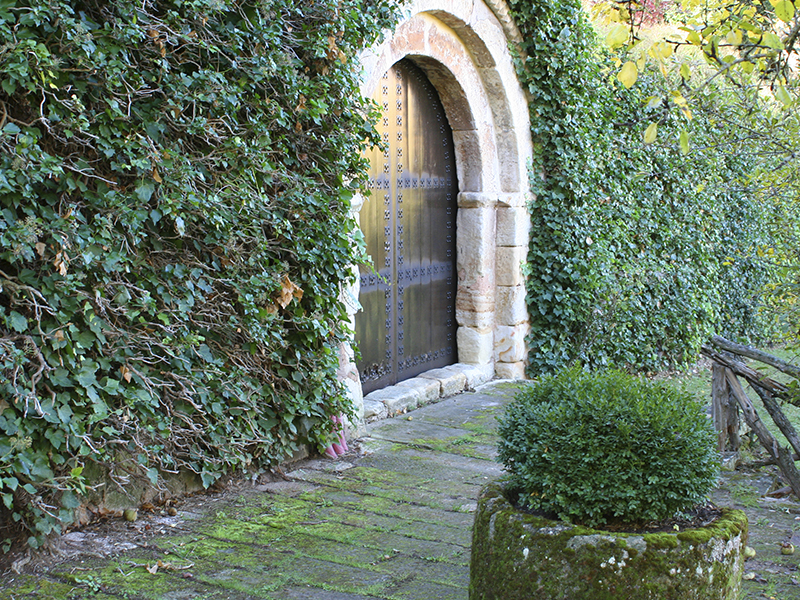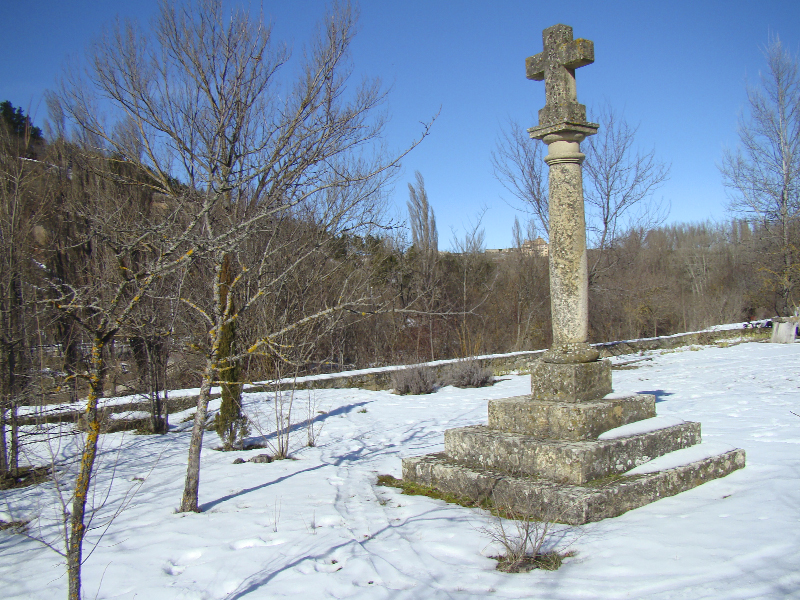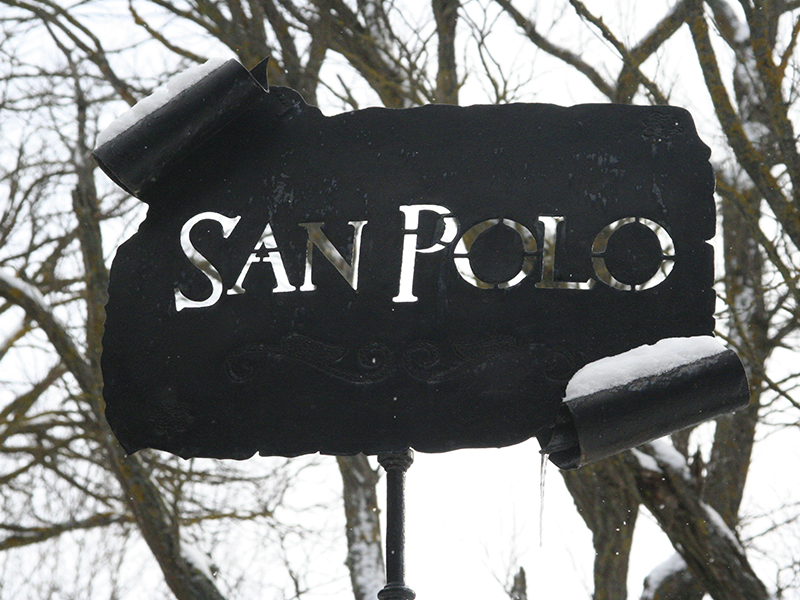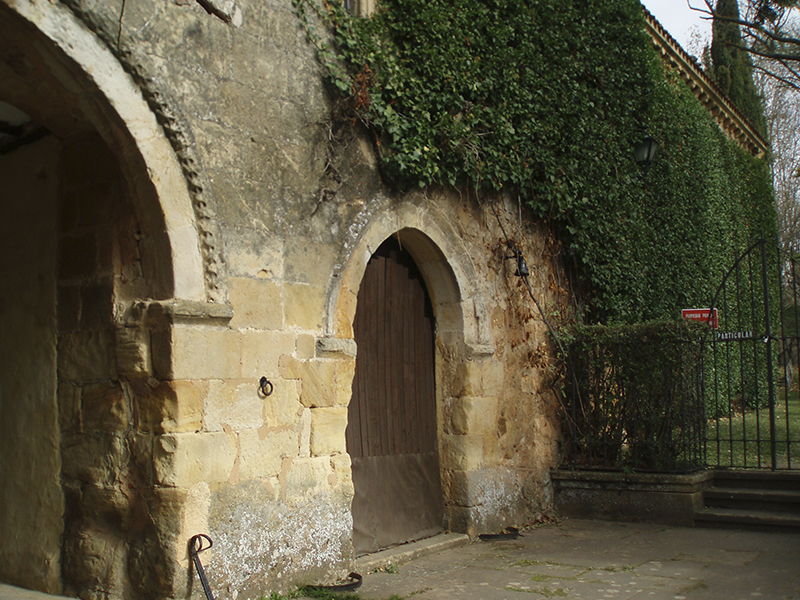SAN POLO MONASTERY
TEMPLAR AND LITERARY ECHOES
HISTORY
In a bucolic setting, on the left bank of River Duero, we find this monatery, Templar settlement, which together with the hospital order of San Juan de Duero, were the two military orders defending the main entrance to the city.
The temple is from the late twelfth century or early thirteenth century, supposedly inhabited until 1312, the year in which the Templar Knights were suppressed and all these properties were transferred to the king who subsequently decided to sell them to the nobility. It was declared Monument of Cultural Interest with monument category in 2011. It is currently of particular use.
THE BUILDING
The oldest part of the set was the cloister of the 12th century, almost disappeared, presents the door with a semicircular arch and two simple archivolts. Of what once was the convent only the church is preserved, very austere, built in the 13th century in Romanesque and Gothic styles, crossed by the road leading to the hermitage of San Saturio, so a small tunnel for passage was enabled (1586-1590), with pointed arches open to the north and south and adorned with pearls between two moldings.
The exterior masonry and stonework is carved with different decorative motifs. The pointed arches of the aforementioned passage are decorated with diamond tips. Inside there is a spring, medieval stelae and a legend indicating that the "Christ Cillerero" of the gores Cross in San Juan de Rabanera that was in San Polo when it was Templar.
In addition, apart from the historical and architectural values, the relevance and uniqueness of the monuments is determined by the vegetation covering all the walls of the chapel and all this gives the whole set an air of romance that inspired poets such as Antonio Machado, Gerardo Diego and Gustavo Adolfo Becquer who set in this environment its beautiful and mysterious legends of "El Rayo de Luna" and "El Monte de las Animas".








